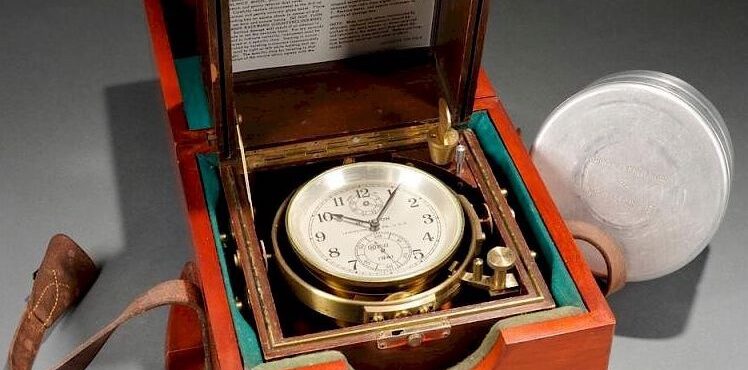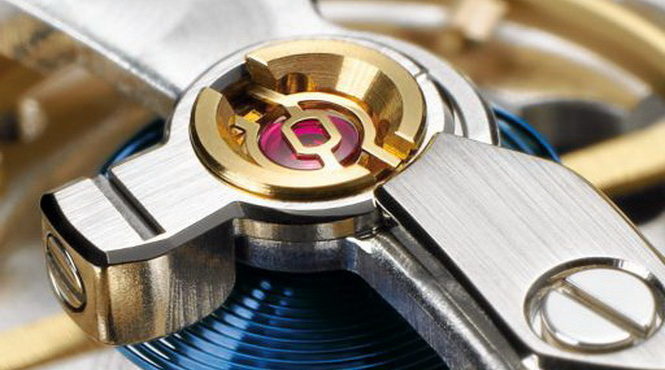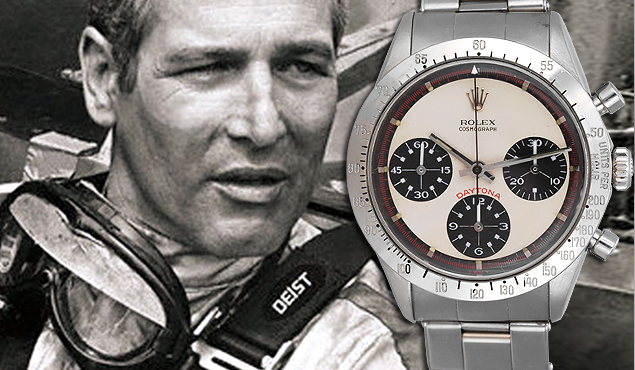Since its invention in 1761 by John Harrison of England, the marine chronometer has been used for navigational purposes. Its precision and reliability for accuracy to within seconds are truly remarkable. As a result, many marine vessels were kept safe and on course for hundreds of years. To find longitude at sea, a chronometer would be set to the time of a place of known longitude, like Greenwich, England, the prime meridian… Read More
Watch FAQs: Simple questions and simple answers
In this week’s blog post, I thought that I would go over some simple questions and answers on how your watch works. I have many customers who are getting a mechanical watch for the first time, so they are a bit confused on the “care and feeding of their new watch.” I hope this information is helpful. Can you wind an automatic watch? Yes, you can wind an automatic watch.. Read More
How To Regulate a Watch
Many people believe that watch accuracy can be achieved by simply adjustingthe regulator screw towards the + or – position. Regulating a watch is a lot more complex than this. Watches that areinaccurate are inaccurate for a reason. Generally, these watches require cleaning and conditioning (oilingand greasing of the winding mechanisms). Conditioning also means ensuring that all of the train wheels are free fromobstruction, the hairspring is centered and the.. Read More
Watches worn by race car drivers
Cars and watches are a natural fit. Both are traditionally mechanical and both are products of complex and precise engineering. The watch itself has played an integral role in early motor racing. Early race car drivers wore bulky stopwatches strapped to their wrists to time laps and calculate speeds. Later driving watches had angled dials for easy reading without taking a hand off the wheel. Rolex Daytona For many, the love of watches.. Read More




